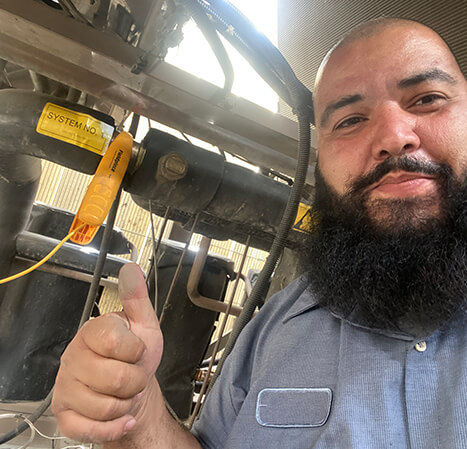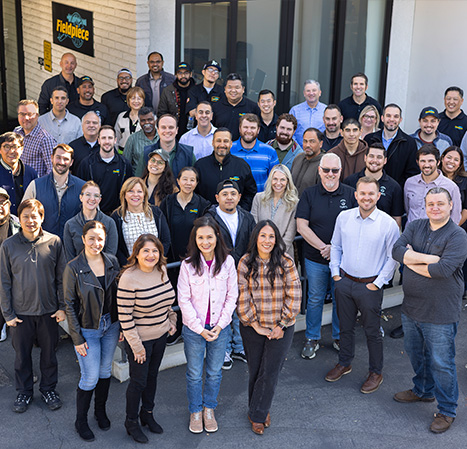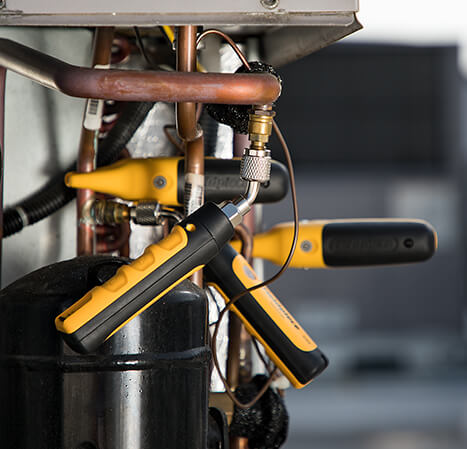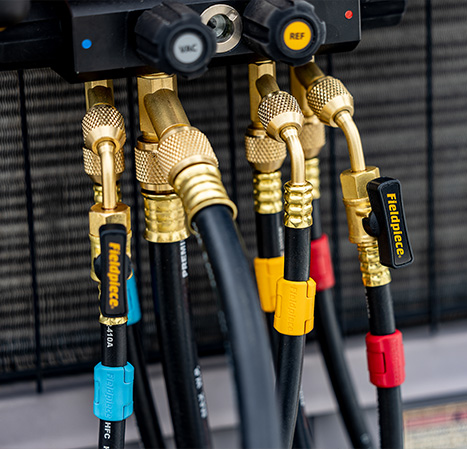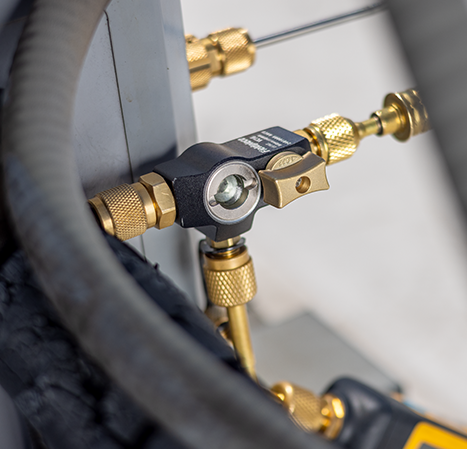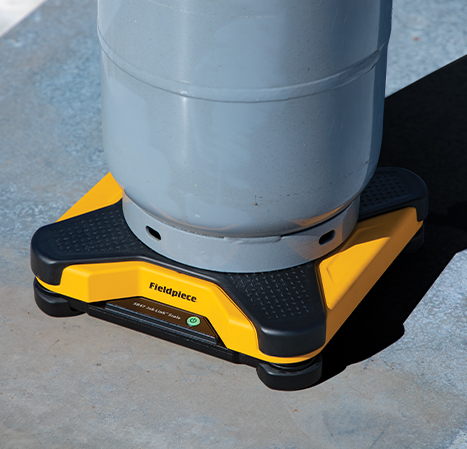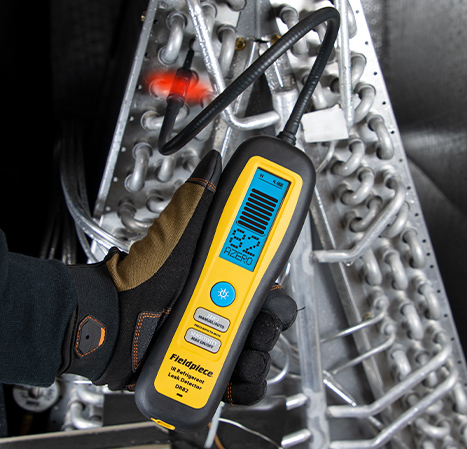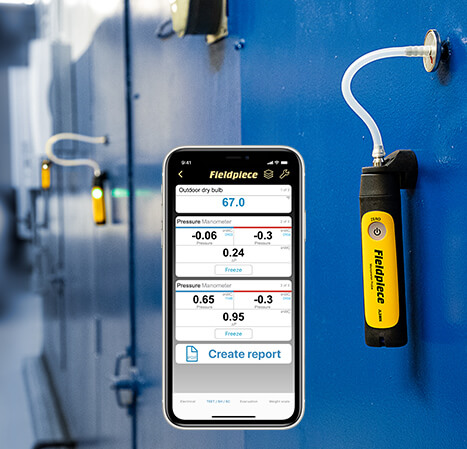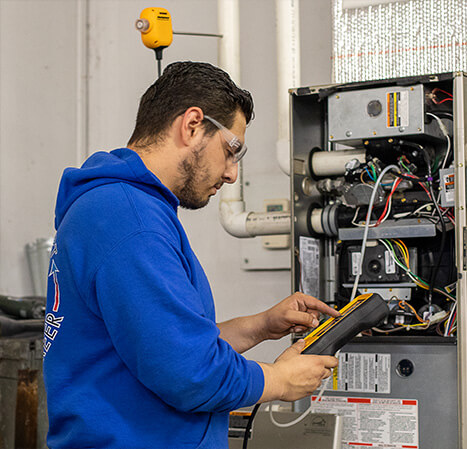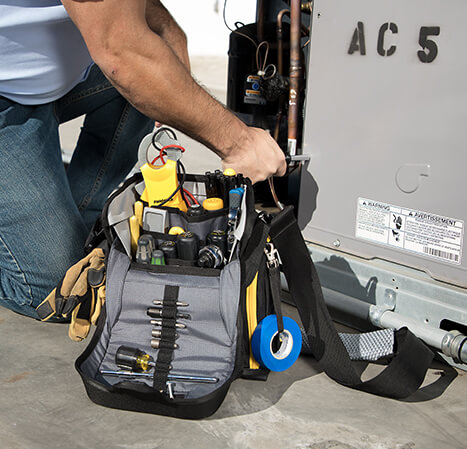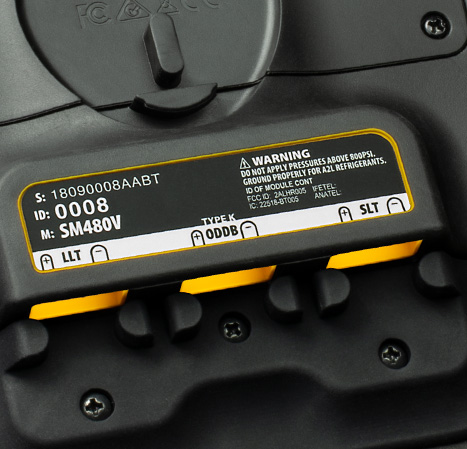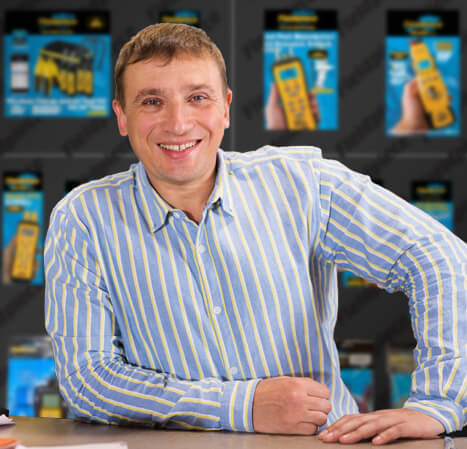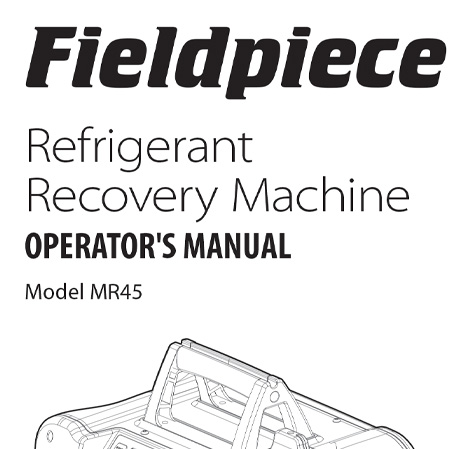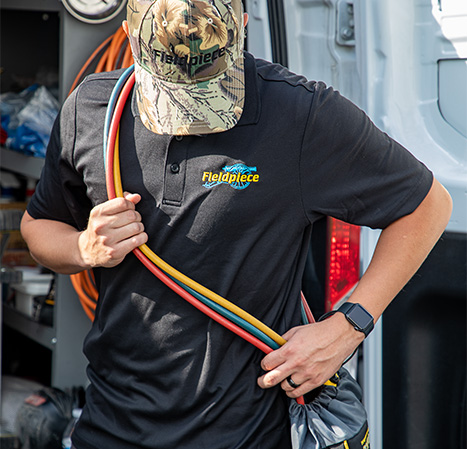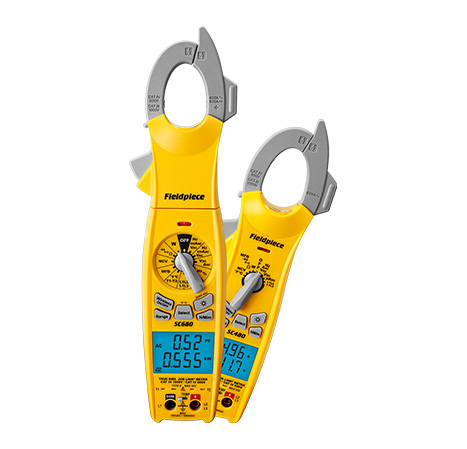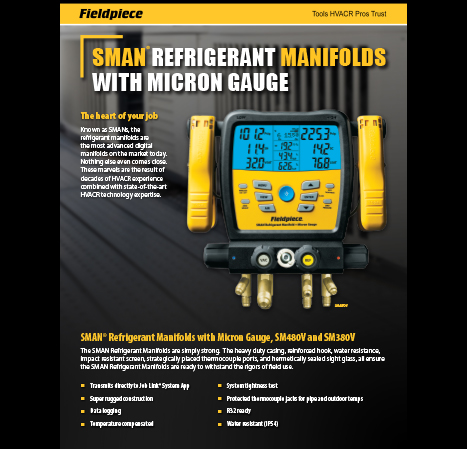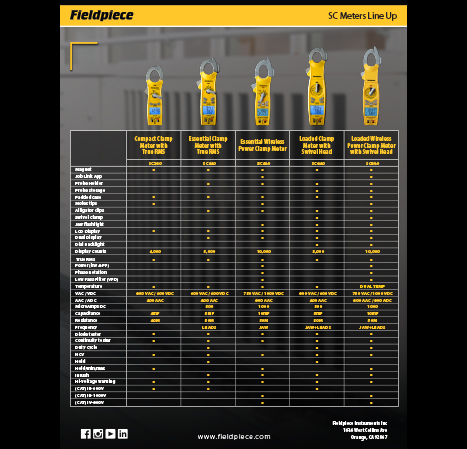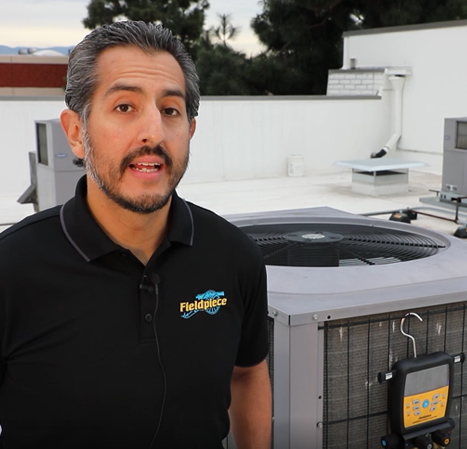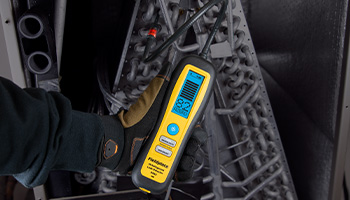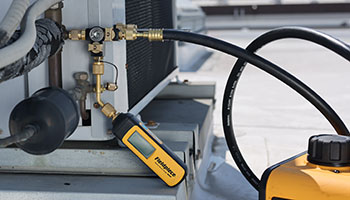2025 ushers in a new phase of the transition to A2L refrigerants for the HVACR industry. In case you missed it, the big change is a transition to A2L refrigerants with a low global warming potential (GWP) and phase down in production of hydrofluorocarbon (HFC) refrigerants with a high GWP. This change in refrigerant production, the new HVACR equipment required and resulting new regulations are being mandated by the EPA in execution of the AIM Act. Exactly how and when these new regulations impact you will vary based on the type of systems you install and service.
HFC Equipment Availability
As of December 31, 2024, manufacturers can no longer produce R-410A split systems, marking a major milestone in the HFC phase-down. In one year, December 31, 2025, will be the last day to install these systems. If you are doing a new installation of a residential or light commercial system you will need to plan accordingly.
For refrigeration professionals, the timelines differ slightly:
• Self-contained refrigeration units: Sales are allowed until January 1, 2028.
• Cold storage warehouses or supermarket refrigeration: Full system installations with HFC refrigerants will be prohibited starting Jan 1, 2026 and Jan 1, 2027, respectively.
The technology transition for variable refrigerant flow systems is moving on a slower schedule. There may be some relief from current implementation dates, but the EPA has not yet communicated those dates.
A2L Equipment & Install Changes
The transition to A2L refrigerants introduces important design and installation considerations:
• Due to A2L refrigerants’ mildly flammable nature, systems must include leak mitigation strategies such as automatic leak detection, shutdown mechanisms and blower fans to dissipate the refrigerant.
• A2L line sets will also require “Risk of Fire” labels and comply with local building codes. Consult your local building officials to understand all the new code requirements for A2L system installations to ensure compliance.
• Gray A2L cylinders have a red band or stripe to indicate the presence of the mildly flammable refrigerant. These cylinders require reverse-thread adapters, like the Fieldpiece A2L adapter extension, to differentiate them from HFC threads.
Recover, Recycle, Reclaim
Under the AIM act, the EPA outlines its goals to bolster the supply of HFC refrigerants in the United States by supporting recycling and reclamation, and mandating leak repair provisions for certain appliances. By 2028, the EPA is requiring reclaimed refrigerant be used for servicing existing equipment in addition to initial charges in certain systems for HVACR and heat pump equipment. This means that there is a need to recover and return HFC refrigerants to distribution. If you can reclaim and not mix refrigerants, you may receive money as well.
Documentation
Proper record-keeping remains essential when disposing of refrigerants. Ensure you log the following:
• Recovery location and date
• Type of refrigerant recovered
• Monthly totals of refrigerants recovered and sent for reclamation
For appliances containing 50+ pounds of HFC refrigerants, technicians must provide documentation of the amount added and any inspections performed to the equipment owner.
Stay Ahead of the A2L Transition
As everyone in the industry transitions to this new landscape, Fieldpiece is doing everything to ensure its tools are ready for the transition. Visit fieldpiece.com to see all the tools that are A2L-compatible. Fieldpiece will continue to support you every step of the way – helping you work easier, faster and better.
 English
English French
French Spanish
Spanish

